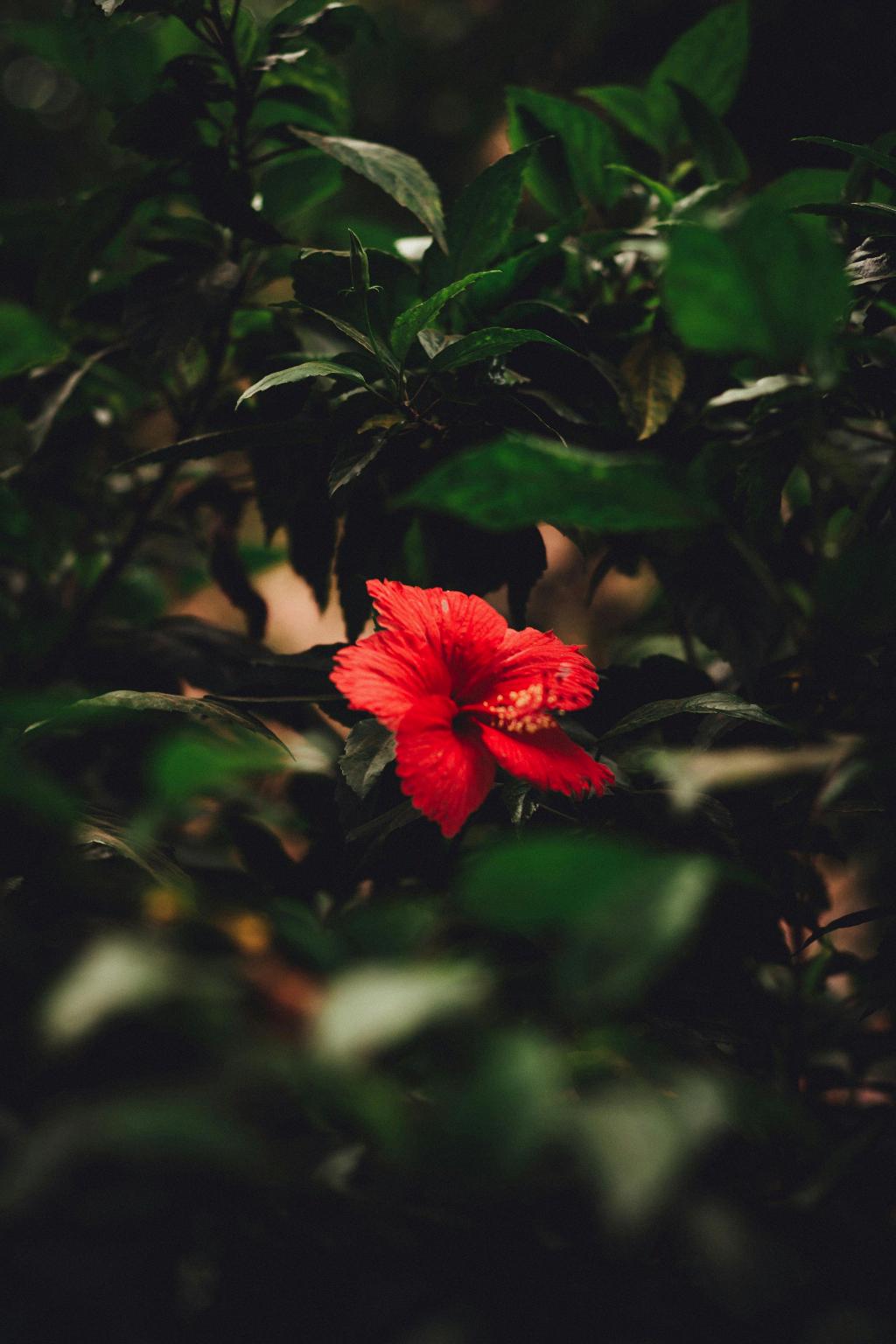Waking up to find your hibiscus leaves mysteriously nibbled on can be quite disheartening. You might be left wondering, “What is eating my hibiscus at night?” The likely suspects could range from nocturnal pests like caterpillars and slugs to other insects seeking a late-night snack.
Caterpillars: The Nighttime Nibblers
Caterpillars are known for their voracious appetites, and some species are active at night, making them prime suspects in the case of your nibbled hibiscus leaves. Handpicking caterpillars can be an effective method for controlling small populations without resorting to pesticides.
Slugs: Slimy Nighttime Invaders
Slugs are another common culprit when it comes to nighttime hibiscus damage. These slimy pests are attracted to the tender foliage of hibiscus plants, leaving behind telltale trails of slime. Using beer bait or iron phosphate slug baits can help manage slug populations in an eco-friendly manner.
Identifying the Damage
When trying to determine what is eating your hibiscus at night, take a close look at the damage to the leaves. Caterpillars typically leave irregular holes, while slugs create more ragged edges due to their feeding habits. Understanding the type of damage can help narrow down the potential culprits.
Preventative Measures
To protect your hibiscus from nighttime feeders, consider implementing preventative measures. Creating physical barriers, such as copper tape or diatomaceous earth, can deter slugs, while maintaining a clean garden environment can help reduce caterpillar populations.
Natural Predators
Encouraging natural predators in your garden can also help keep nighttime pests in check. Beneficial insects like ladybugs, lacewings, and predatory beetles feed on caterpillars and slugs, providing natural pest control for your hibiscus plants.
Monitoring and Surveillance
Regular monitoring of your hibiscus plants can help you detect pest infestations early on. By inspecting your plants at night with a flashlight, you may be able to catch nocturnal pests in the act and take appropriate action to control them.
Integrated Pest Management
Implementing an integrated pest management (IPM) approach can help you effectively manage nighttime pests while minimizing harmful impacts on the environment. By combining cultural, physical, biological, and chemical control methods, you can create a holistic pest management strategy.
Considerations for Chemical Control
If non-chemical methods are insufficient to control nighttime pests on your hibiscus plants, you may consider using targeted insecticides or molluscicides as a last resort. Always follow label instructions and consider the potential impacts on beneficial insects and the environment.
Care and Maintenance
In addition to pest management strategies, maintaining healthy hibiscus plants through proper care and maintenance can help them withstand pest pressures. Providing adequate sunlight, water, nutrients, and proper spacing can enhance plant health and resilience.
Seeking Professional Advice
If you’re facing persistent nighttime pest problems with your hibiscus plants and need additional assistance, consider consulting with a local horticulturist or extension service. They can provide tailored recommendations and guidance based on the specific pest issues in your area.
Conclusion
In conclusion, identifying and addressing the culprits that are eating your hibiscus at night requires careful observation, proactive measures, and a holistic approach to pest management. By staying vigilant and implementing effective strategies, you can protect your hibiscus plants from nocturnal pests and enjoy healthy, vibrant foliage.

